Under the vast Ayala Corporation umbrella of companies, AC Motors’ Maxus Philippines has been making a name for itself with a range of commercial vans, family vans, and a pickup since its introduction in June 2019.
A relatively diverse line of models such as the G10 MPV, V80 van, T60 pickup, and the G50 MPV has been rolled out, each being marketed with the brand’s 124-year British heritage, but infused with technological, design, and engineering expertise sourced from Asia to Europe.
Borrowing a page from MG’s successful playbook? Perhaps. But the Maxus models are eager to pave their own way to people’s garages, as I have experienced firsthand with a drive of their impressive Innova-fighting G50 MPV and now, with yet another entrant in a new category, the “affordable premium” five-or seven-seater SUV/crossover segment.
Affordable seven-seaters are nothing new. We’ve got the likes of the Toyota Avanza/Rush, the Honda Mobilio/BR-V, the Suzuki Ertiga/XL7, and the Mitsubishi Xpander/Xpander Cross. But none of these subcompact MPV/crossovers can truthfully be labelled as premium.
This is the new segment where Maxus and some of the newer China-sourced brands are starting to converge—compact to midsize categories with luxury car-levels of features and amenities, but at a price point that’s lower than the usual quoted by the established Japanese and Korean brands.
And what is Maxus’s new model? It’s the D60, a handsome and generously proportioned crossover that further diversifies the Maxus range. Unique to the D60 is that buyers can choose between the P1,148,000 five-seater Pro variant or the P1,258,000 flagship seven-seater Elite. That’s top-of-the-line subcompact sedan pricing for a one-size bigger compact (it almost looks midsize) crossover—already a compelling reason to check out this new genre.
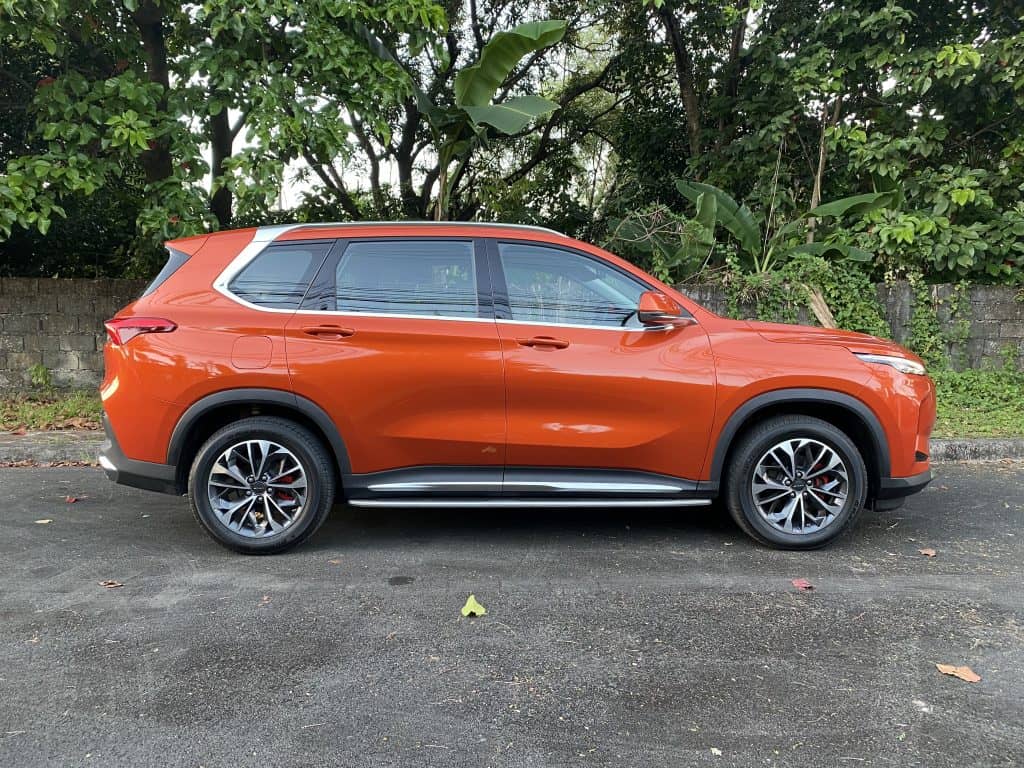
Style-wise, the Maxus D60 projects an upmarket design, highlighted by a gaping and intricate spiderweb grille aptly dubbed as Maxus Tarantula Concept. Looking at the D60 at the front three-quarter angle, there is almost a Jaguaresque hint to it (think F-Pace). The Elite variant boasts stunning full-LED split matrix headlamps, gorgeous full-width LED taillamps (which make their own head-turning sequential light show when the lock/unlock button is pressed), 18-inch alloys with 235/55 tires, and power-folding mirrors (the five-seat Pro has halogen headlamps and 17-inch alloys). A rear spoiler and dual integrated tailpipes are standard on both trim levels, however.
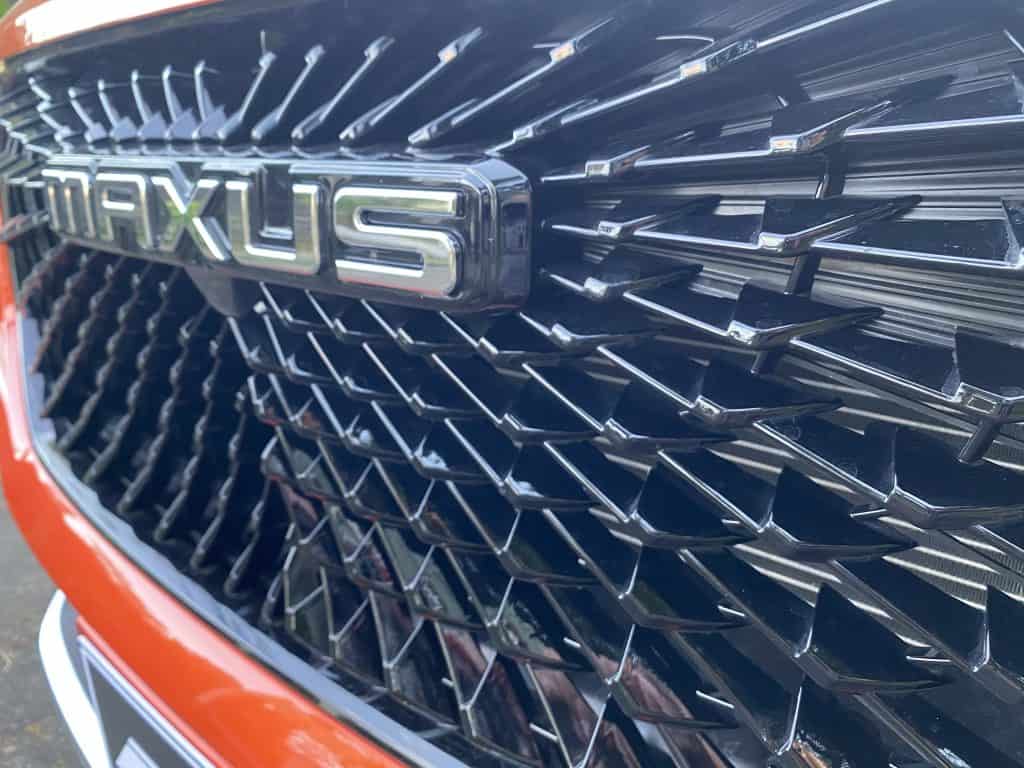
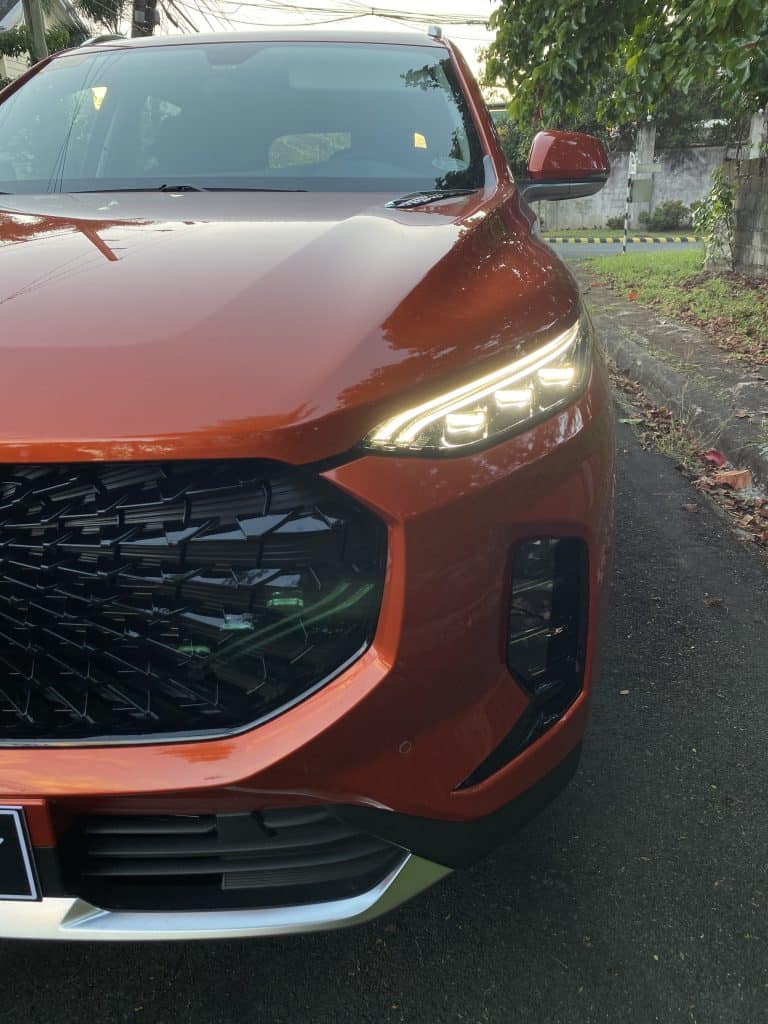
The new Maxus D60 comes in six colors: Polar Ash and a very vibrant Competitive Orange (both exclusive to the Elite), Metal Black and Wace Red (exclusive to the Pro), and Warm Argent and Warm White (available for both variants).
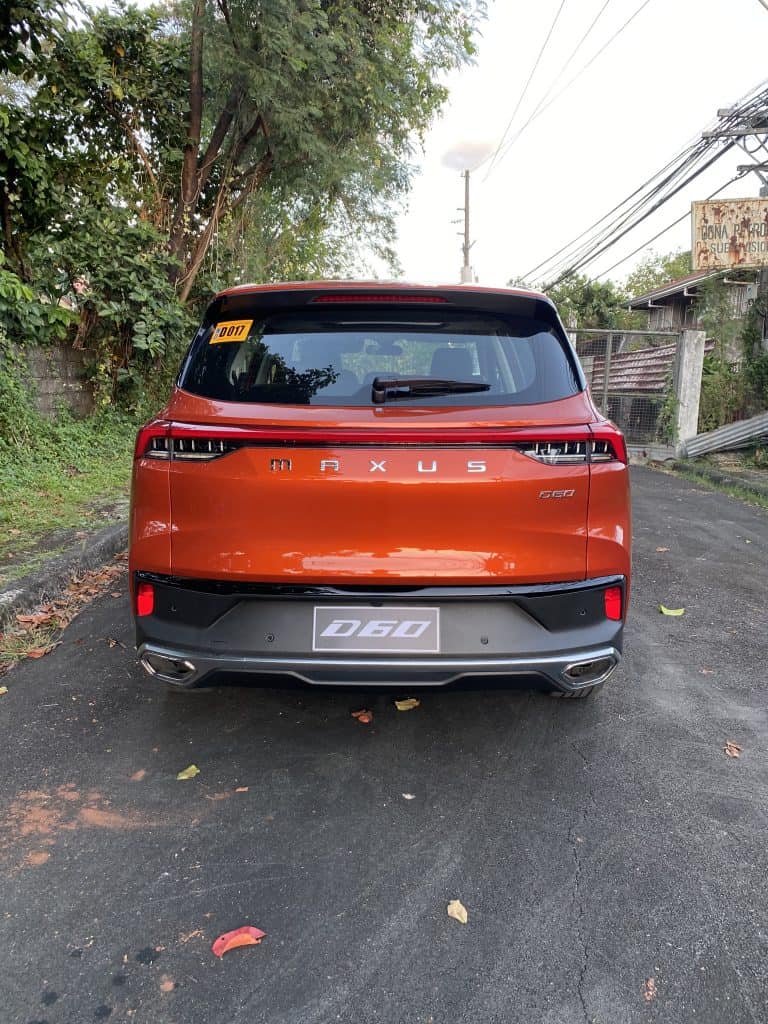
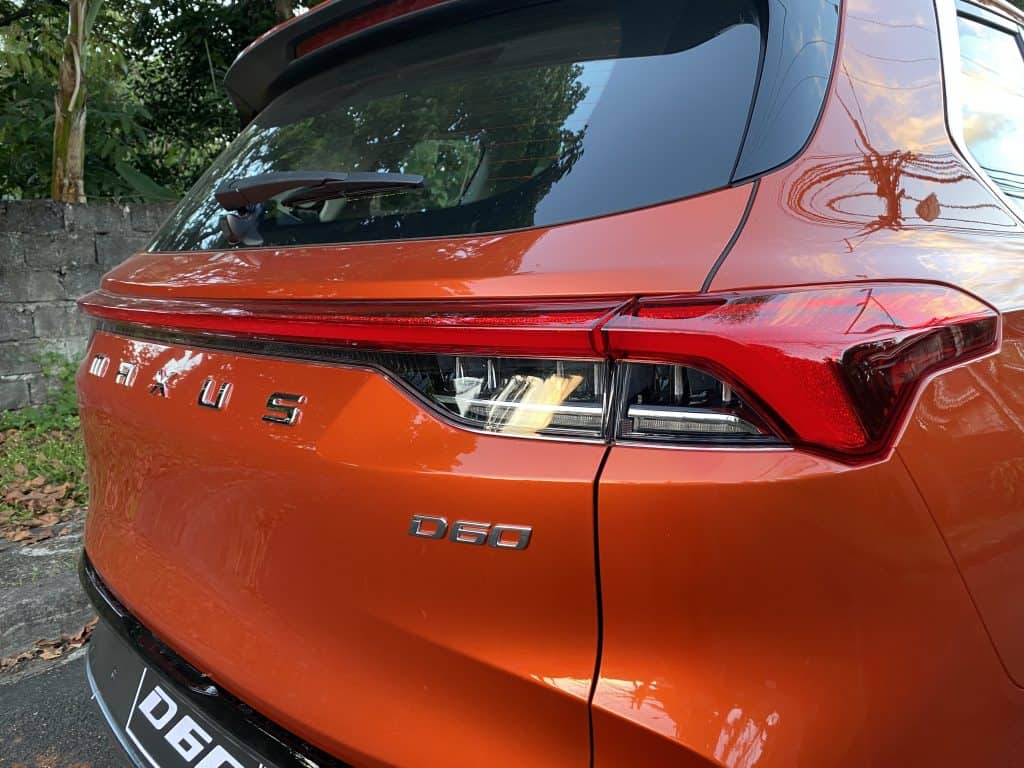
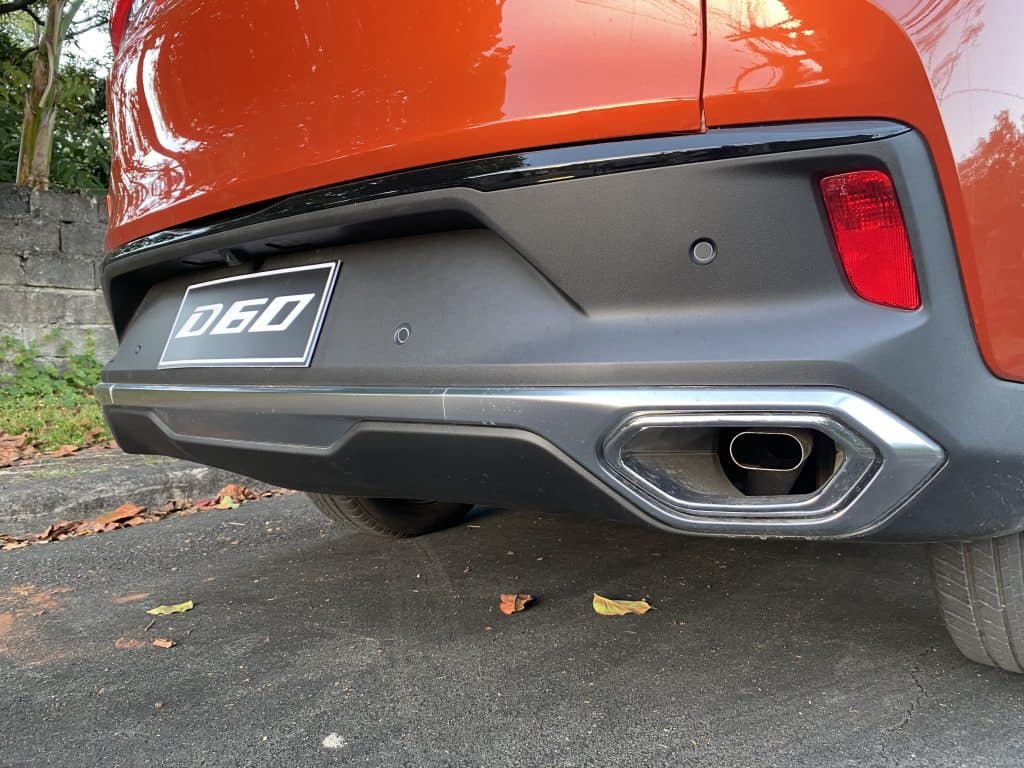
Inside, both variants have rear A/C vents, electronic parking brake with brake hold, cruise control, eight-inch touchscreen infotainment with Bluetooth, six speakers, rear parking sensors and camera, tire pressure monitoring system, and power-adjustable side mirrors are also present. A particularly upmarket touch is the huge Tesla-like vertically mounted touchscreen tablet that controls the infotainment system as well as the touch panel for the climate control. The Elite variant adds front parking sensors, cruelty-free faux leather seats, and keyless entry with engine push start. Safety is taken care of by front and side airbags, ABS, as well as Electronic Stability Control.
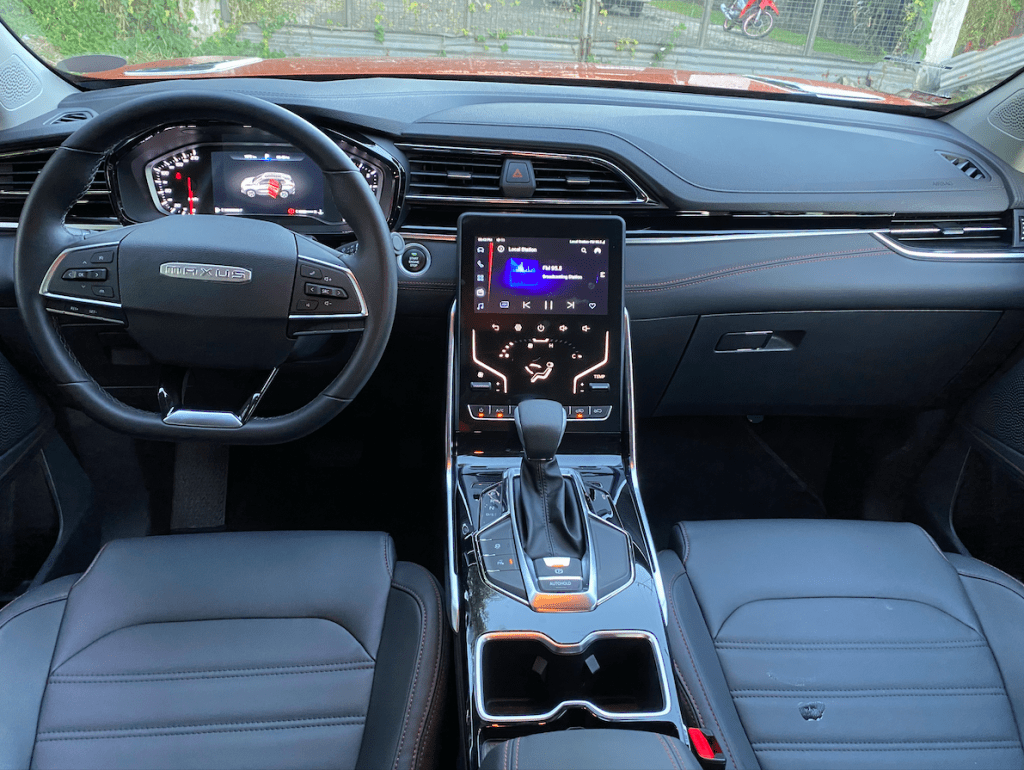
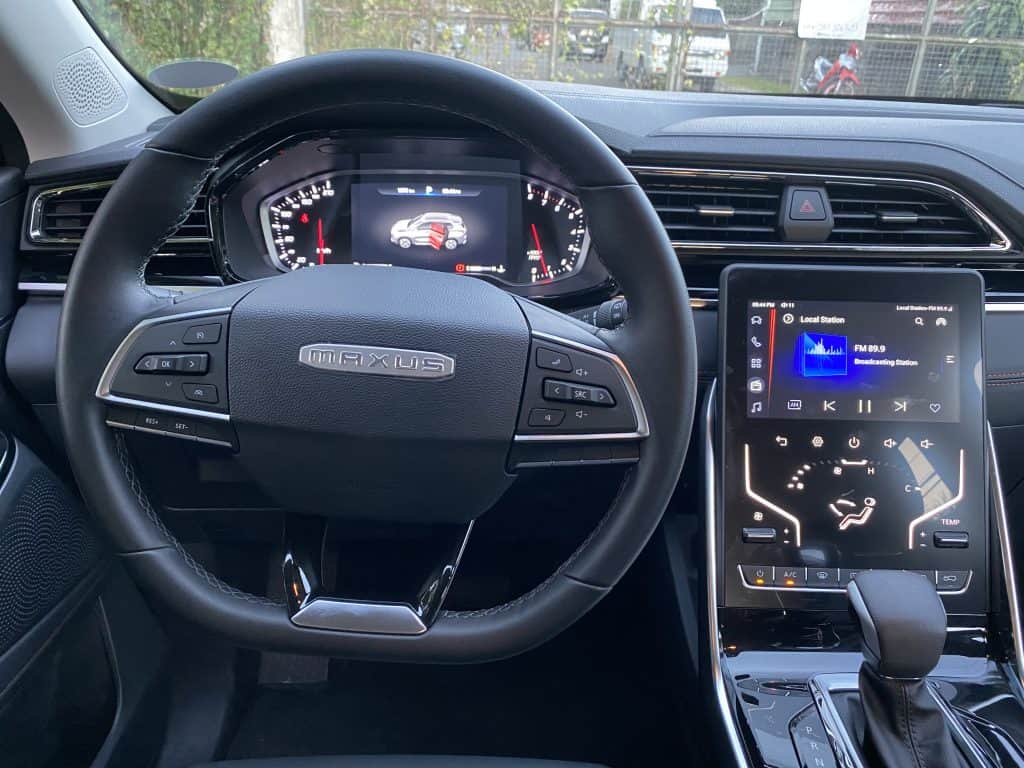
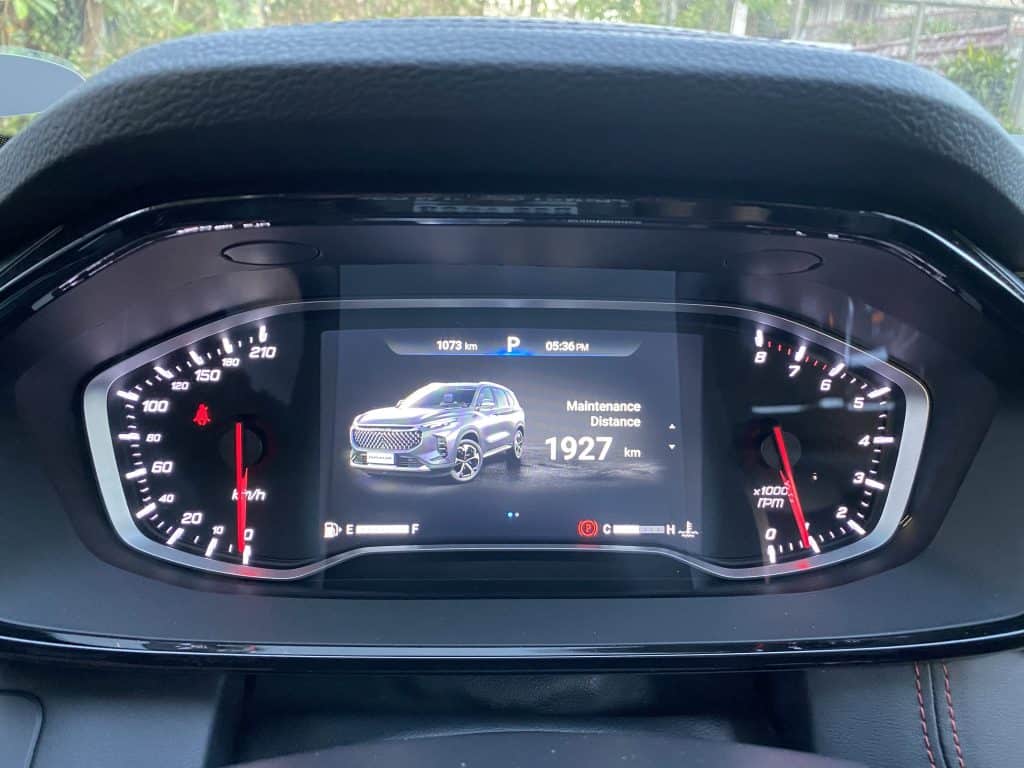
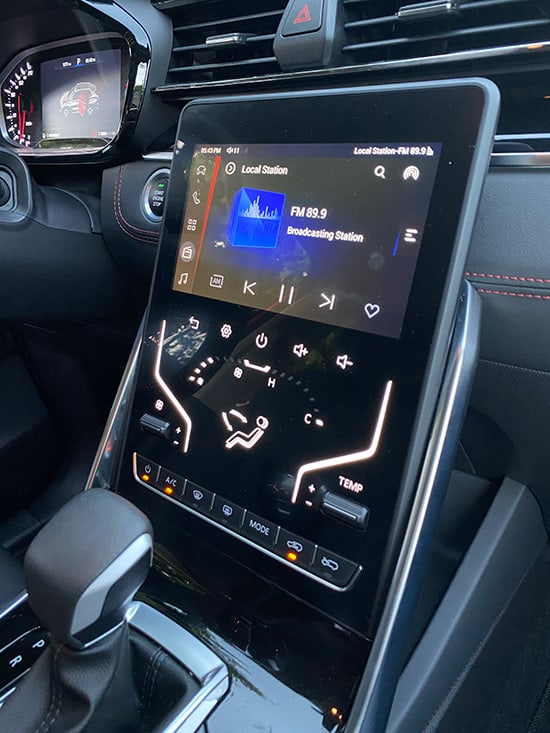
Overall space is generous at least for the first two rows of seats. The third row is best for children (or adults on a very short trip). The middle row is split 60/40 and can be adjusted fore and aft depending on the legroom requirements. The only things I deem missing are power-adjustable front seats, paddle shifters, a power tailgate, and perhaps a sunroof (some of its competitors have a panoramic sunroof). There is also a fair share of hard plastics within the cabin instead of the nicer soft-touch variety. At least most of the usual touch points are padded and/or covered in leather or have a soft-touch material.
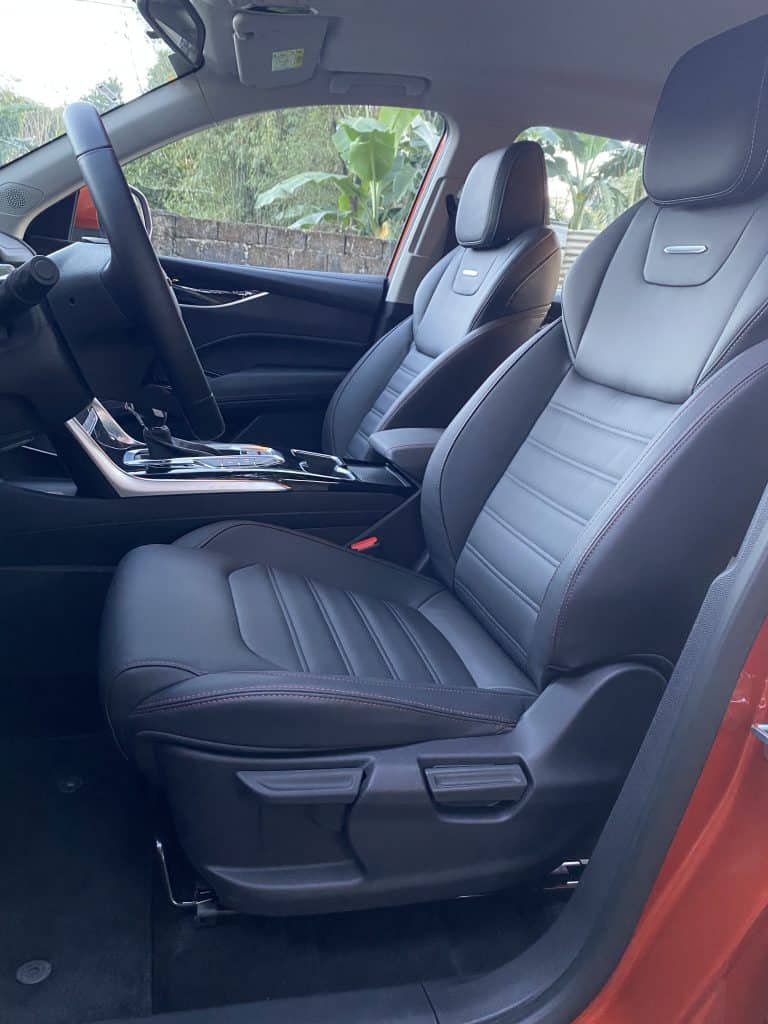
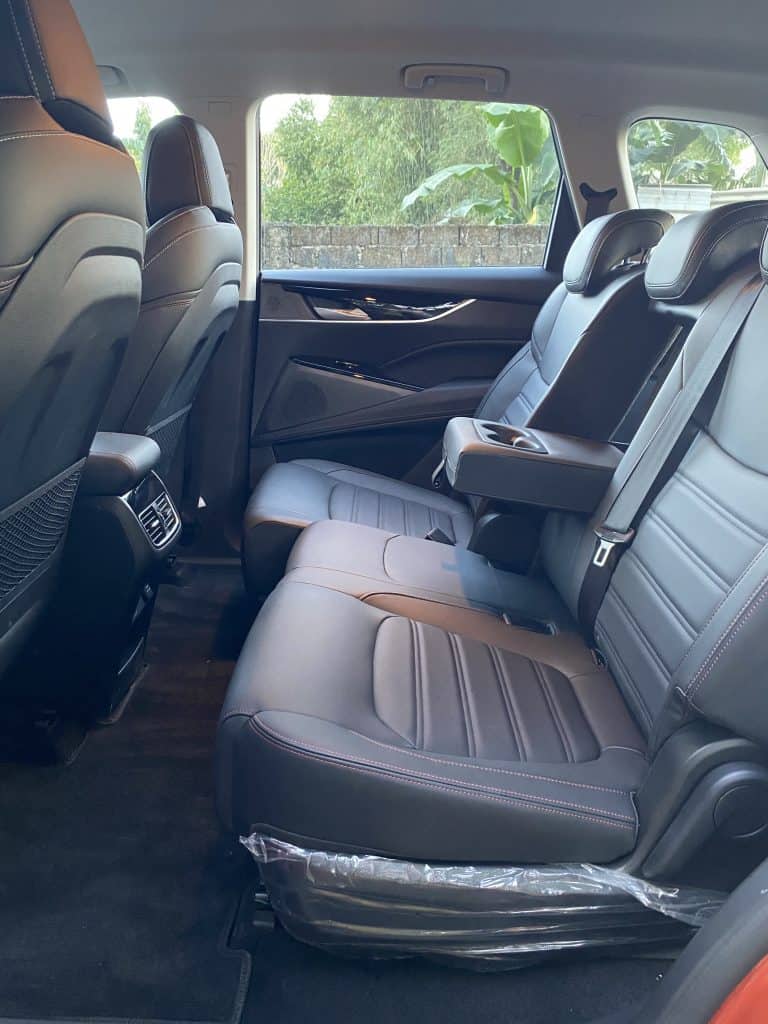
Under the hood, the D60 is powered by a turbocharged 1.5-liter gasoline engine that makes a healthy 167 hp and 250 Nm of torque. It’s mated to a seven-speed dual-clutch automatic transmission that sends the power to the front wheels. It’s a smooth and a reasonably responsive drivetrain. I just wish there was more torque available below 2,500 rpm, as you need to wait for the engine to rev up and generate turbo boost to make its otherwise generous torque felt. It’s either that or the transmission tends to stay at a higher gear (which is good for fuel economy). Ride quality and handling are well balanced—neither too soft or too harsh.
Long-term ownership and reliability are issues often raised with new brands. Maxus aims to address that with its five-point VehiCare Programs that make vehicle ownership five times more convenient and affordable. These programs include a fiver-year (100,000-km) warranty; a five-year free Emergency Roadside Assistance (ERA); Parts Management System with stocks availability up to five months; Enhanced Service Quality for onsite and virtual product support and home service or pick-up and delivery; and low cost of maintenance that the company claims makes every Maxus vehicle 22 percent more affordable to maintain versus other brands over five years.
If the styling, pricing, features set, and after-sales programs are interesting enough for you, then the Maxus D60 deserves a close look.

